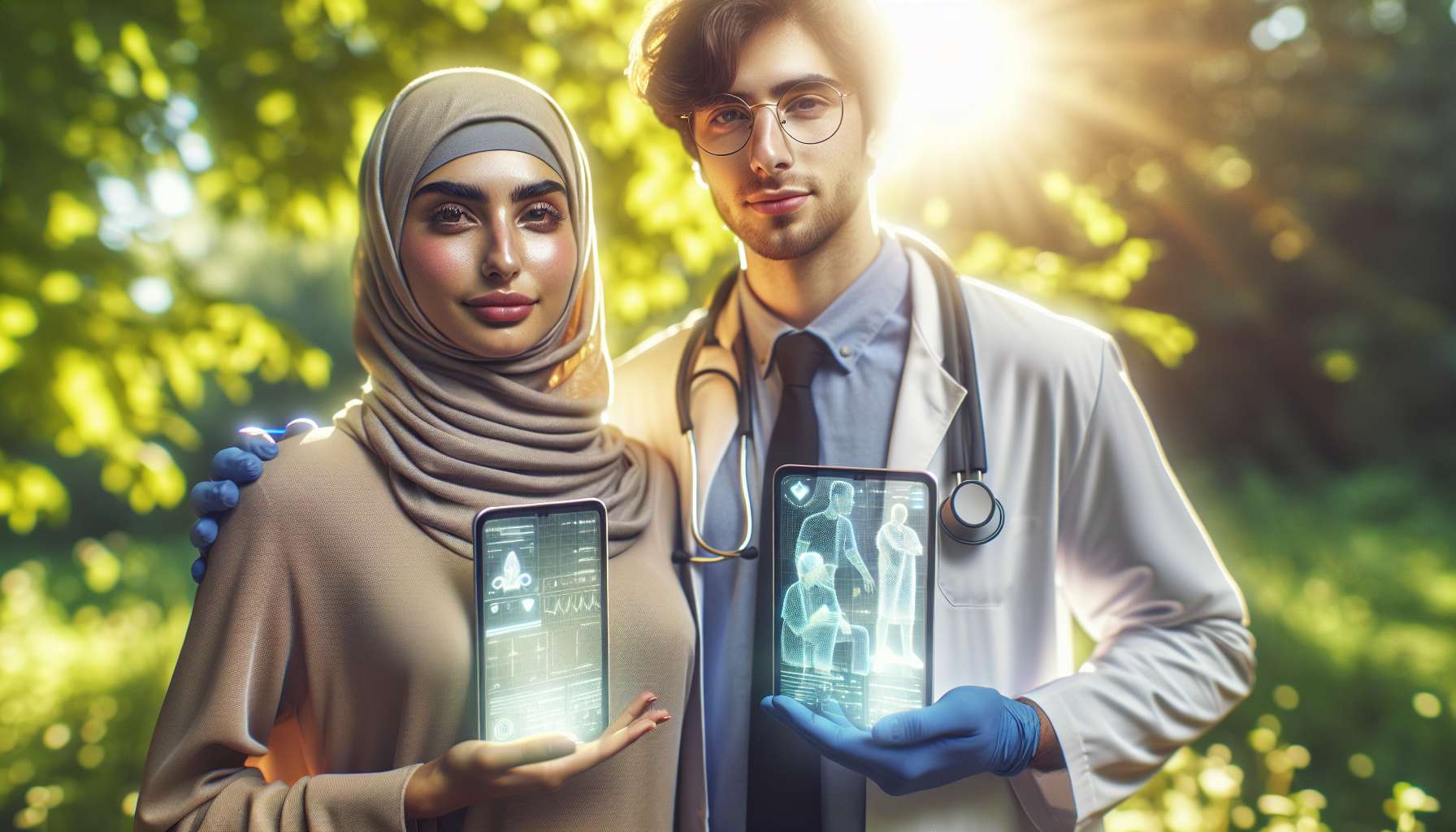Unlocking the Potential of Augmented Reality in Healthcare Equipment Demonstrations
As technology continues to advance at an unprecedented pace, industries across the board are finding innovative ways to leverage its power. One such industry that is embracing the potential of augmented reality (AR) is healthcare. AR is revolutionizing the way healthcare equipment is demonstrated, providing a new frontier for medical professionals and patients alike.
What is Augmented Reality?
Before we delve into the exciting applications of AR in healthcare equipment demonstrations, let’s first understand what augmented reality is. AR is a technology that overlays digital information onto the real world, enhancing our perception and interaction with our surroundings. Unlike virtual reality, which creates an entirely immersive experience, AR blends the virtual and physical worlds together.
Enhancing Healthcare Equipment Demonstrations
Traditionally, healthcare equipment demonstrations have relied on static images, brochures, or videos to showcase their features and functionality. While these methods have served their purpose, they often fall short in providing an immersive and interactive experience. This is where AR steps in, transforming the way healthcare professionals and patients engage with medical equipment.
With AR, healthcare equipment can be visualized in 3D, allowing users to explore every intricate detail. Imagine being able to examine a surgical robot from every angle, zoom in on specific components, and even interact with its various functions. AR brings these demonstrations to life, providing a level of engagement and understanding that was previously unimaginable.
Benefits for Healthcare Professionals
AR has numerous benefits for healthcare professionals, particularly in the context of equipment demonstrations. Firstly, it allows for more effective training and education. Medical students and professionals can use AR to simulate procedures and practice using complex equipment in a safe and controlled environment. This not only enhances their skills but also reduces the risk of errors during real-life procedures.
Furthermore, AR enables healthcare professionals to make more informed decisions. By visualizing equipment in real-world settings, they can assess its compatibility with existing infrastructure, evaluate its ergonomic design, and determine its suitability for specific patient needs. This level of insight empowers healthcare professionals to choose the right equipment for their practice, ultimately improving patient outcomes.
Empowering Patients
AR is not only transforming the way healthcare professionals interact with equipment but also empowering patients to take an active role in their own healthcare journey. With AR, patients can visualize medical devices and understand how they will be used during their treatment. This helps alleviate anxiety and allows for more informed discussions between patients and healthcare providers.
Additionally, AR can assist in rehabilitation and recovery. Patients can use AR applications to guide them through exercises, monitor their progress, and receive real-time feedback. This not only enhances engagement but also accelerates the healing process.
The Future of AR in Healthcare Equipment Demonstrations
The potential of AR in healthcare equipment demonstrations is vast and ever-expanding. As technology continues to evolve, we can expect even more advanced applications of AR in the healthcare industry. From augmented reality surgical simulations to remote assistance during procedures, the possibilities are endless.
AR is poised to revolutionize healthcare, providing a new frontier for equipment demonstrations and patient engagement. By harnessing the power of AR, healthcare professionals can make more informed decisions, improve patient outcomes, and empower patients to take an active role in their own healthcare journey. The future of healthcare is here, and it’s augmented.





